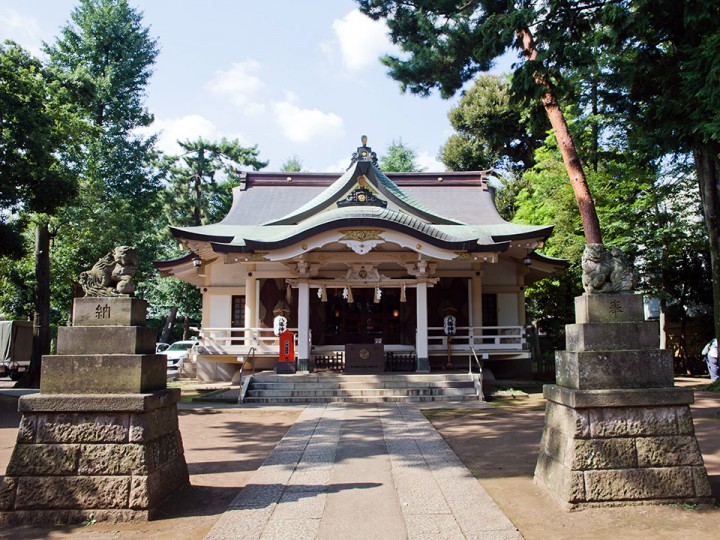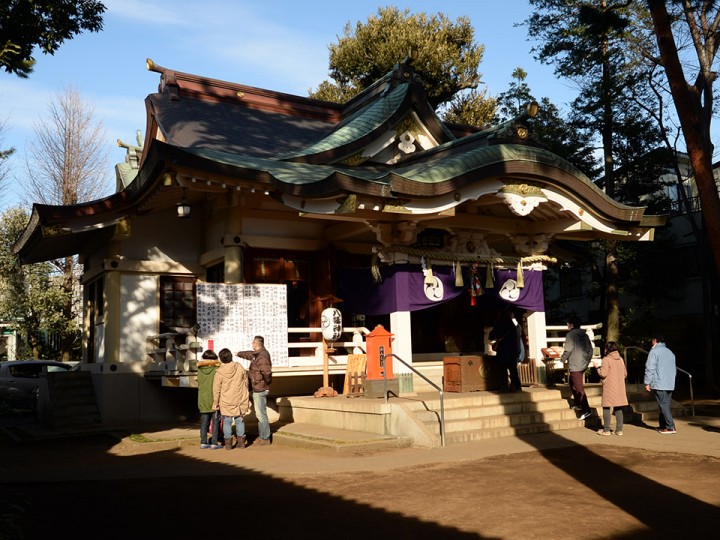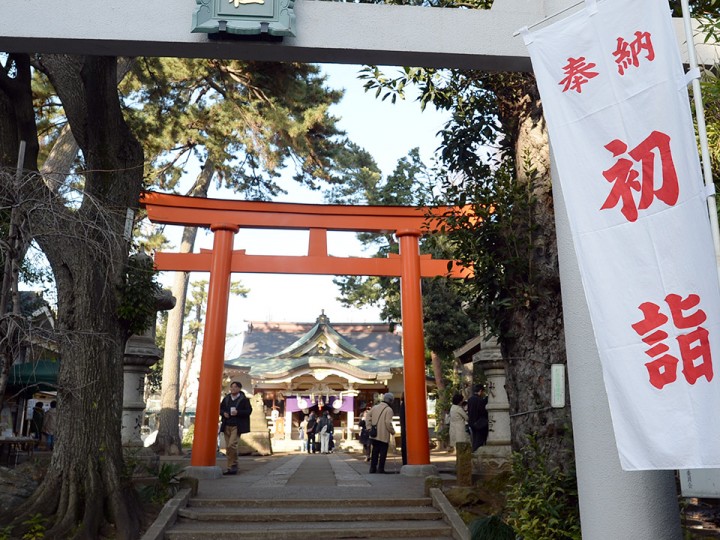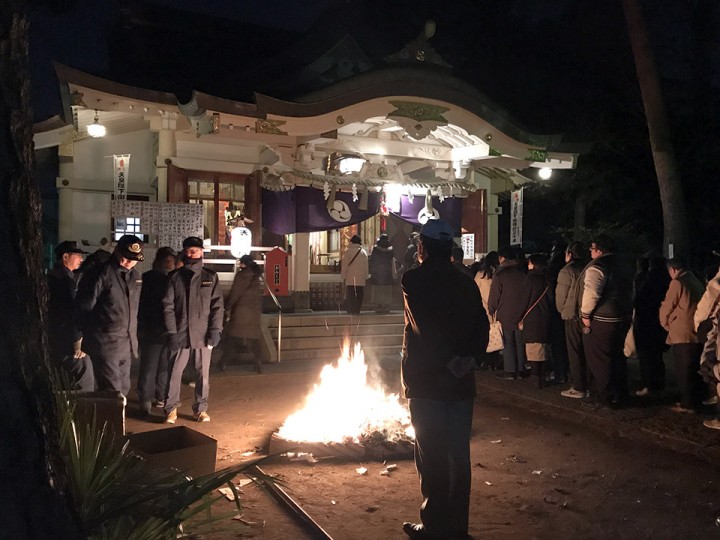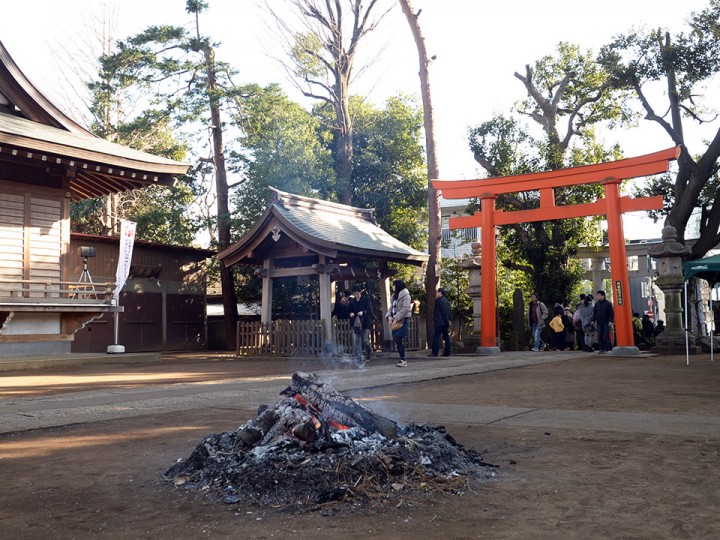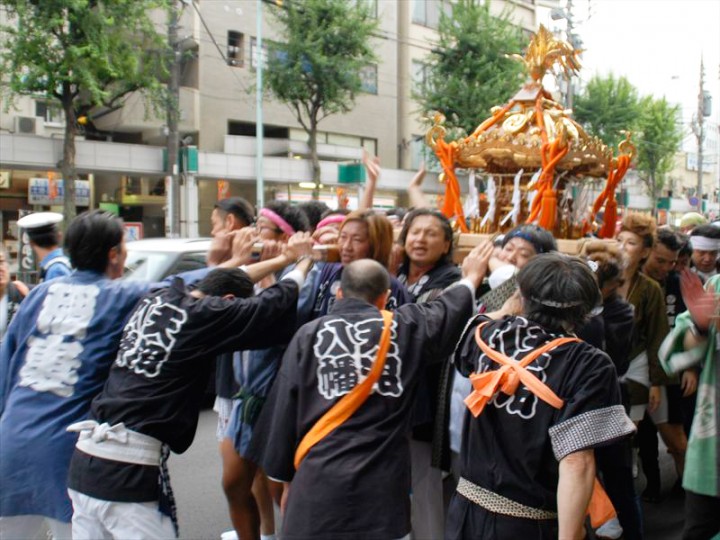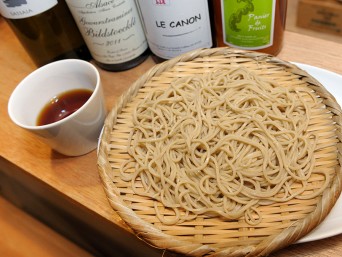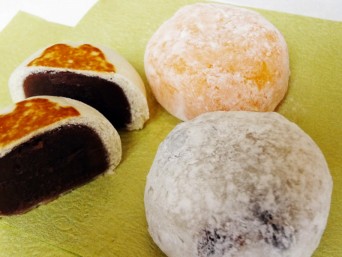- SEE & DO
- SIGHTSEEING
- temples & shrines
- AMANUMA HACHIMAN SHRINE
- Price:
FREE
- Address:
- 2 Chome-18-5 Amanuma, Suginami, Tokyo
- Distance from Station:
- 8 minutes from JR/Tokyo Metro Ogikubo Station, North Exit
- Phone:
- 03-3398-2514 (Japanese only)
- Open:
- 24 hours
- Website:
- http://amanumahachiman.jp/ (external link)
- Communication:
- Some staff can speak a little English
- no-smoking
- family-friendly
AMANUMA HACHIMAN SHRINE
Local Shrine Festivals Aplenty
Amanuma Hachiman Shrine is said to have been founded at the end of the 16th century, when Japan was in the warring state period. This local Shinto shrine is only a 6 -minute walk from Ogikubo Station. The shrine is relatively spacious and calm though it is in the middle of a residential area. Once you step into the compound, you may feel as if you were somewhere in the countryside. There are about 30 tall trees registered as Suginami Ward’s preserved trees in the compound, and the shrine serves the local people not only as the local shrine but as an oasis as well.
One of the buildings in the compound is Otori Shrine, and it enshrines Yamato Takeru No Mikoto who is a legendary figure who is believed to be a god of prosperity of business and families. Tori no Hi Festival, the festival day of the rooster, is held in this shrine in November, and lots of people wishing for a prosperous life come to buy engi kumade, a lucky decorated rake.
At midnight on New Year’s Eve, Meigen no Gi Ceremony is held, which has been observed in the imperial court since Heian Period (797-1185). Meigen no Gi is a Shinto ritual in which priests hold bows and release arrows in four directions. When they release arrows, it makes harsh sounds, and the sounds are believed to drive away the evil spirits. This ritual used to be observed in many shrines, but there are very few nowadays that still observe it. If you are interested in Japanese traditional ritual, this is something you must see, and Anamuma Hachiman Shrine is a fantastic location to witness the spectacle.
If you prefer a more energetic event, Reitaisai is autumnal shrine festival held at the end of August that is a more festive occasion. On the festival days, omikoshi, a portable shrine which is carried by energetic young men and women, departs from the shrine and is then carried around the Ogikubo area. They carry omikoshi and shout together, “Sei ya! Sei ya!” You may get so excited that you can’t help joining them, and they will be happy if you do!
ACCESS








